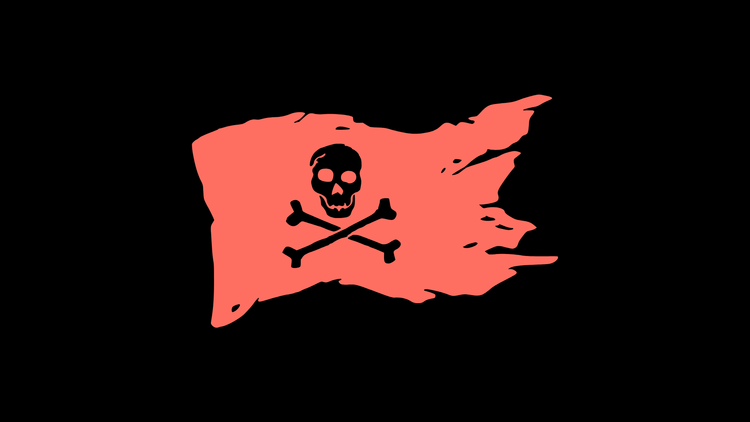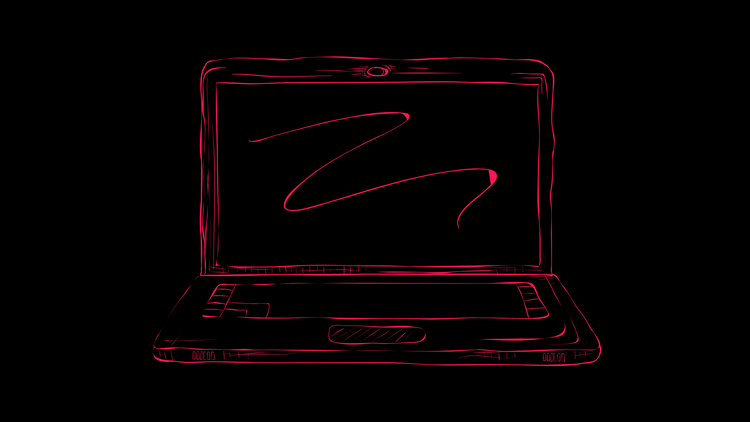The Ukrainian Counteroffensive
Despite the Biden administration's herculean efforts, nothing will advance the Ukrainian cause more than battlefield success. The Economist has a helpful primer breaking down Ukraine's long-awaited counteroffensive, its implications, and possible outcomes.
From the Economist:
How it started
The first phase got off to a bad start when an overambitious thrust by newly formed mechanised units swiftly became bogged down. It was subsequently marked by concerted attempts to use Ukraine’s advantage in long-range firepower to disrupt Russian supply lines and destroy its logistical hubs and command centres. The aim is to reduce the ability of Russian forces to respond to Ukraine’s “probing” operations, which are seeking out gaps and weaknesses. (The tactics are similar to the “bite and hold” approach used by both sides in the first world war.)
The next phase
Britain’s chief of the defence staff, Admiral Sir Tony Radakin, has described Ukraine’s operational strategy as “starve, stretch and strike”. The starve (attacks on logistics hubs) and stretch (probes and feints across multiple axes) phases are running concurrently. At some point General Valery Zaluzhny, the commander of Ukrainian armed forces, will have to decide when and how to conduct the strike phase, which will involve the deployment of fresh brigades to force their way through minefields towards the main Russian defensive line before punching through it. That does not appear to have happened yet.

What's at stake
The Ukrainians must achieve some degree of success before autumn mud further hampers offensive options. They need it for the morale of their own soldiers and civilians; they need it to maintain the confidence of allies that they can eventually prevail; and they need it to convince the man in the Kremlin that his options are only going to get worse.
When the strike does come, much will depend on whether the Russians manage to withdraw from exposed positions in an orderly way, retreating to more defensible lines, or if their troops, hollowed out by months of combat without relief, crack because of exhaustion, failing morale, poor leadership and shortages of munitions.





